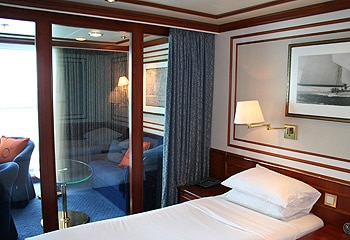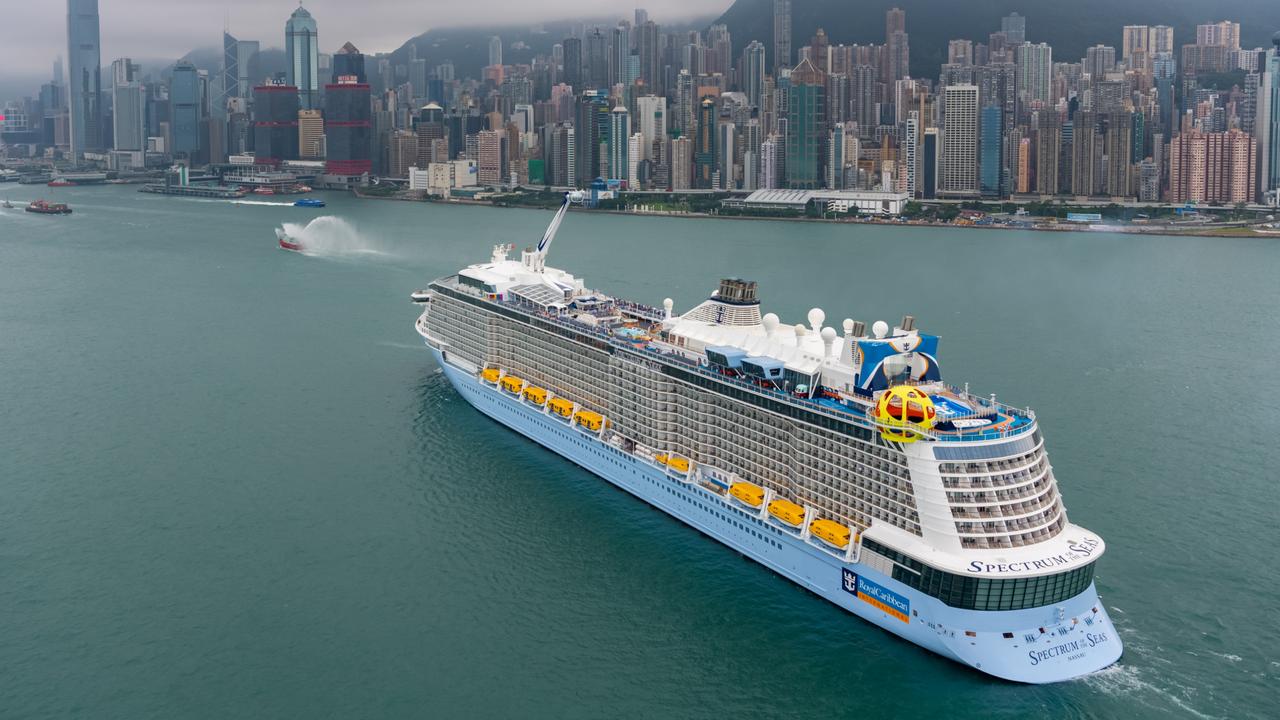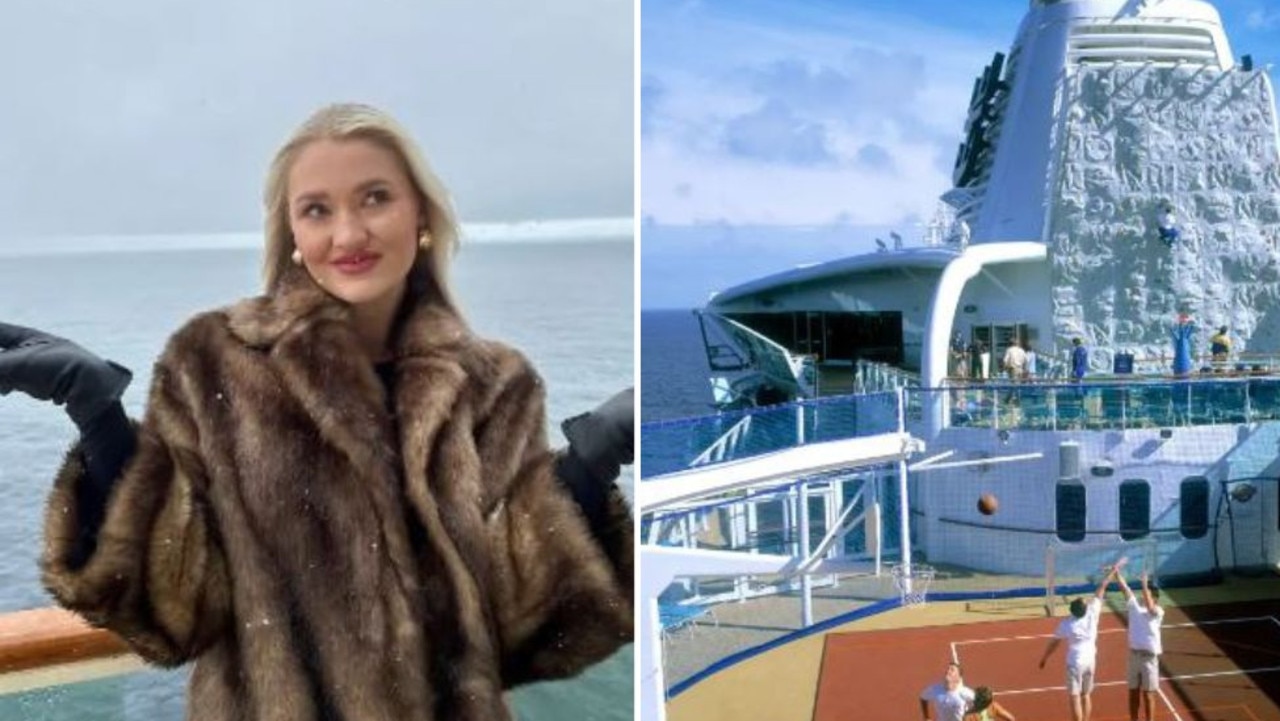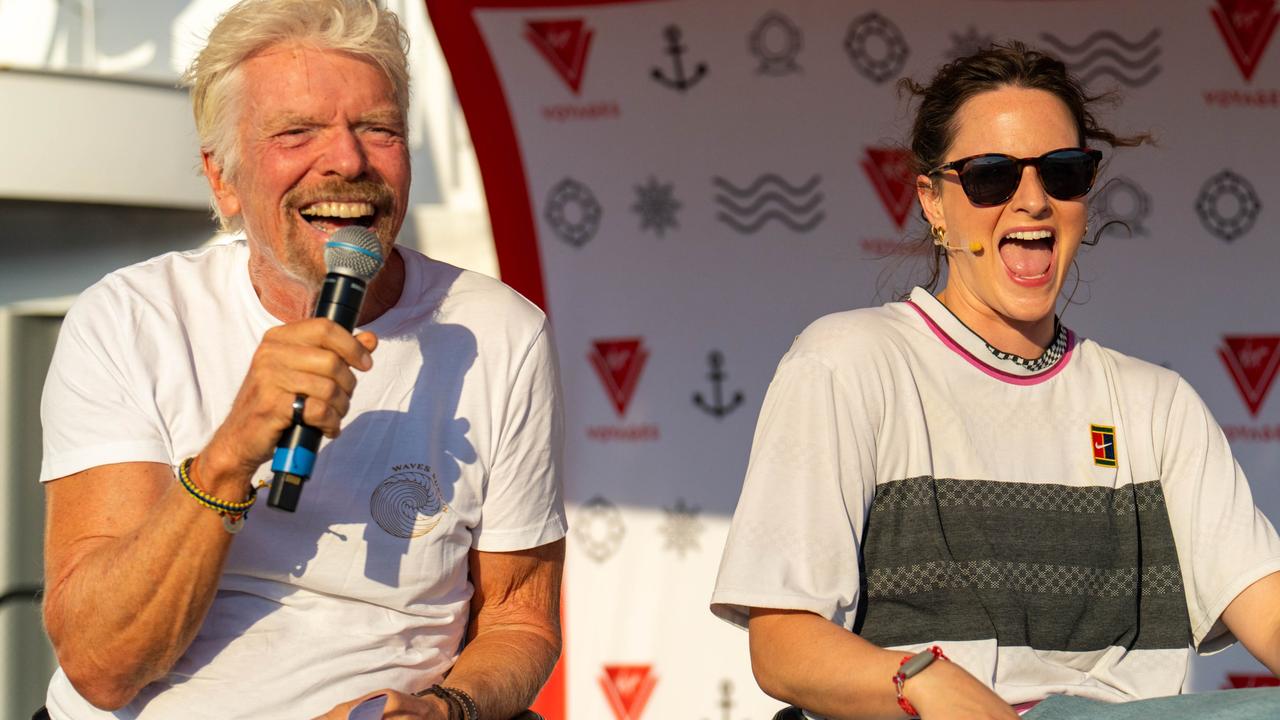Cruise into a fascinating past
ANCIENT Aboriginal sites reveal their mystic secrets to Jenny Stevens as she explores Australia's Top End aboard the luxurious Orion cruise ship.

FOR centuries, the cave served the tribe well. From its cool depths, they could shelter from the heat or watch for waterfowl arriving on the lagoon.
Here they could gather to hear the elders tell their stories of the creation and watch proud hunters record their triumphs in ochre drawings.
As the years advanced, fewer visited the cave, until last year only one family lived on the land at Jensen Bay, in Arnhem Land's remote Wessel Islands.
This family preferred to live in a house, with a generator to pump water from the lagoon, a boat with an outboard and a satellite phone.
Then, last April, one of the most intense tropical cyclones recorded in the Top End cut a swathe across the land, destroying the house and the scrub concealing the cave's opening.
Rain and blistering sun faded the vibrancy of the red-ochre drawings, but the images remained: a record of Aboriginal contact with men from the north . . . the Macassans.
Rocky, low and windswept, with dazzling white, fine sand and jade-coloured water, the Wessel Islands are all that's left of a peninsula that once extended into the Arafura Sea.
Only the traditional owners and the occasional patrol boat or yacht enter these waters now.
We'd sailed from Darwin on the five-star expedition ship Orion, on the inaugural Art of Ancient Arnhem Land cruise.
On a 10-day meander across the Top End and around Cape York to Cairns, we'd come ashore at Pirlangimpi, in the Tiwi Islands, and Port Essington and Maningrida, in Arnhem Land, before arriving on this desolate shore.
A lone sail was visible on the swell – a yacht waiting for the slack tide to make the run through the gap separating two islands. The Orion, 103m long and 14m in the beam, is too big to attempt the 50m-wide channel, known as the Gulgari Rip or "hole in the wall".
But that didn't stop the expedition team lowering the Zodiacs and setting out with any willing passengers.
As the tide gathered pace, our Zodiacs were swept along, surfing across small waves and retreating at intervals into the stillness of little rocky inlets. Only four days into the cruise, we were feeling like seasoned expeditioners.
This was my second voyage on the Orion (the other had been to the wild and remote Kimberley coast), and the ship's operators have finally got the mix right between five-star comfort and intrepid expedition cruising.
Most passengers were seasoned cruisers looking for more than a deckchair and a seat at the captain's table. They wanted to wander along beaches with no footprints, see Aboriginal rock art in some of the most inaccessible parts of Australia's north and have meaningful contact with the traditional owners.
At night, over drinks in the lounge, the staff – marine biologists, district ranger, naturalist – would recap the day's events, then prepare us for the next day's shore visits.
On the few sea days, we could listen to Joc Schmiechen, the weatherbeaten bushie-turned-educator, academic and guide whose tales of the search for the great art sites were grist for an Indiana Jones script.
Joc and Darrin Bennett, who has spent years protecting and interpreting art sites in Kakadu, brought the art of the Wessel Islands to life for us as we lay on our backs under the cave's overhang.
At Port Essington, they took us ashore to wander through the ruins of Victoria Settlement, England's ill-fated "next Singapore". We came back to the ship aghast at the British stupidity and intransigence that resulted in so much misery and death.
In Torres Strait, the Orion eased its way around dangerous shoals to anchor off Thursday Island. Rounding Cape York, the Orion sailed to the low-lying islands near Cape Melville, mooring off Stanley Island, which the Aborigines know as Yindayin.
No one lives here now either, but traditional owner Dan Gordon had joined the ship and guided us to a beach carpeted with the shells of mussels and clams – an ancient Aboriginal midden.
The last stop was at gorgeous Lizard Island, for a chance to swim, snorkel and laze on a beach.
This, then, is expedition cruising: getting your feet wet as you wade ashore from your Zodiac; getting totally drenched, but laughing into the wind as spray lashes the boats; feeling the heat as you climb an escarpment; and tasting wild passionfruit and native apple from the bush larder by the trail.
But it's expedition cruising with a comfortable edge: luxurious, big cabins; dining under the stars on deck or in the silver-service restaurant; educational briefings and staff who seem to know how much you can take before appearing with a cool towel, a cold drink or a helping hand.
It's not for everyone, but you'll discover a whole new world on our own doorstep.
Sunday Herald Sun



